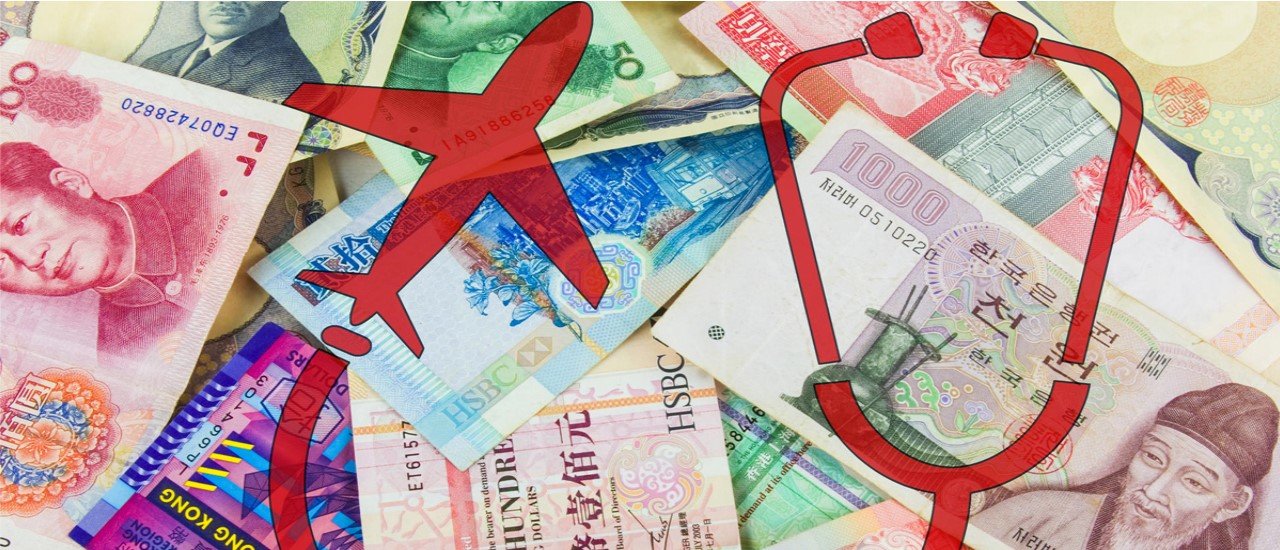

Oct
In a previous article, we have made it clear that China’s medical system (just like quite a few other sectors of the Chinese economy) is a textbook fragmentation case study. On the one hand, we have affluent regions (Beijing, Shanghai, Shenzhen, etc.) with Western-level medical services and on the other hand, poorer regions of China have sub-standard medical facilities from all possible perspectives: under-trained staff, administrative inefficiency, unjustified costs (for example due to excessively high average stay times) and the list could go on and on.
Perhaps nothing illustrates this tale of two worlds better than the medical tourism industry.
On the one hand, millions (literally) of people are seeking medical treatment outside China. More specifically, over two million Chinese citizens who travel abroad for medical purposes yearly, according to a recent report of the China Tourism Academy. Individuals who, after crunching some numbers and drawing the line, realize that:
- Their local hospital is not able to provide adequate enough care
- Higher-end hospitals such as those in Beijing and Shanghai are remarkably overcrowded, with physicians who end up spreading themselves too thin due to being over-worked and who are not physically able to give their patients enough attention
- Foreign destinations, simply put, offer a better deal from a costs/benefits perspective
It is worth noting that the report in question is based on 2017 data. Still, a bit of extrapolation most likely brings us close (enough) to today’s figures. In other words, the report in question tells us that roughly 2.2% of tourists who left China did so for medical purposes (this includes trips to Hong Kong, Macau and Taiwan) in 2017,
Next, all we have to do is apply this percentage to the COTRI (China Outbound Tourism Research Institute) tourism numbers. For 2017, the outbound tourist number was 145,000,000 and for 2018, it is estimated to have grown to 160,000,000. Applying the 2.2% rule to the 2017 number brings us to over 3,000,000 Chinese medical tourists for 2017 (one million higher than the China Tourism Academy figure) and for 2018, we would be looking at roughly 4,000,000 medical tourists.
These tourists mostly travel to Asian destinations such as South Korea, Japan and Thailand. The US is also included in the equation and tends to be perceived as the best medical system worldwide by Chinese medical tourists, however prohibitive costs end up forcing many of them to seek treatment in other jurisdictions.
On the opposite end of the spectrum, we have foreigners who travel TO China for medical purposes. According to IMTJ data, over 1,000,000 foreigners visited China in 2018 for primarily health care-related reasons.
It is worth noting that in part, this is also a result of (more or less) China-specific treatment types such as Traditional Chinese Medicine. Leaving the efficiency or lack thereof variable aside (a topic best left to medical professionals), the TCM “industry” is estimated to lie in the vicinity of the $50 billion zone as a market, with a very high percentage of that being represented by China. With plans to build fifteen Traditional Chinese Medicine centers by 2020, it is clear that China is interested in the revenue-generating potential of TCM.
All things considered, it becomes clear that at this point in time, there tends to be quite a bit more capital on the table with respect to catering to the needs of Chinese medical tourists, with two generational trends converging: on the one hand, Chinese citizens becoming more affluent in general (with a middle class that is growing more and more financially potent) and on the other hand, China’s population aging at a significant pace.
The end result is that more and more individuals in need of medical treatment have enough excess income at their disposal to become selective medical service consumers. At this point, foreign destinations are proving to be quite attractive to such individuals, which should make it clear just how much money there would be on the table if the Chinese authorities manage to tackle the fragmentation issue of the domestic medical system to enough of a degree to stop the proverbial bleeding… of capital toward foreign medical treatment destinations, of course.
As an investor who is interested in securing a slice of this particular pie, it is all a matter of adapting to the trend and positioning oneself in a manner which grants as much exposure to Chinese medical tourism capital as possible. At the moment of writing, it just so happens that many of these opportunities lie abroad. However, if China has taught us anything, it’s that it has the ability to alter seemingly insurmountable trends and it may very well ultimately end up doing just that in the medical sector as well. To stay on top of these trends and position yourself wisely, the ChinaFund.com team is at your disposal.
